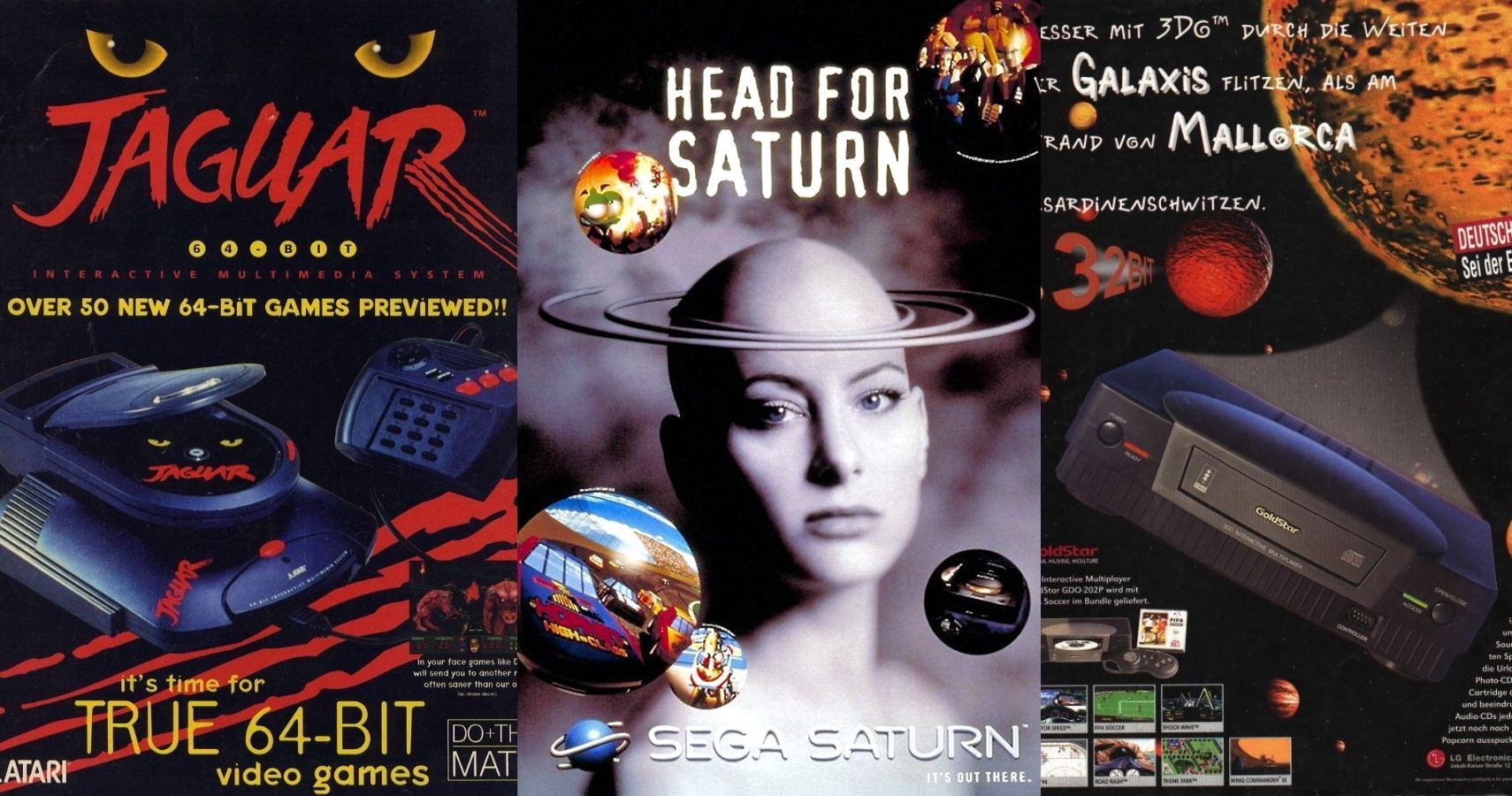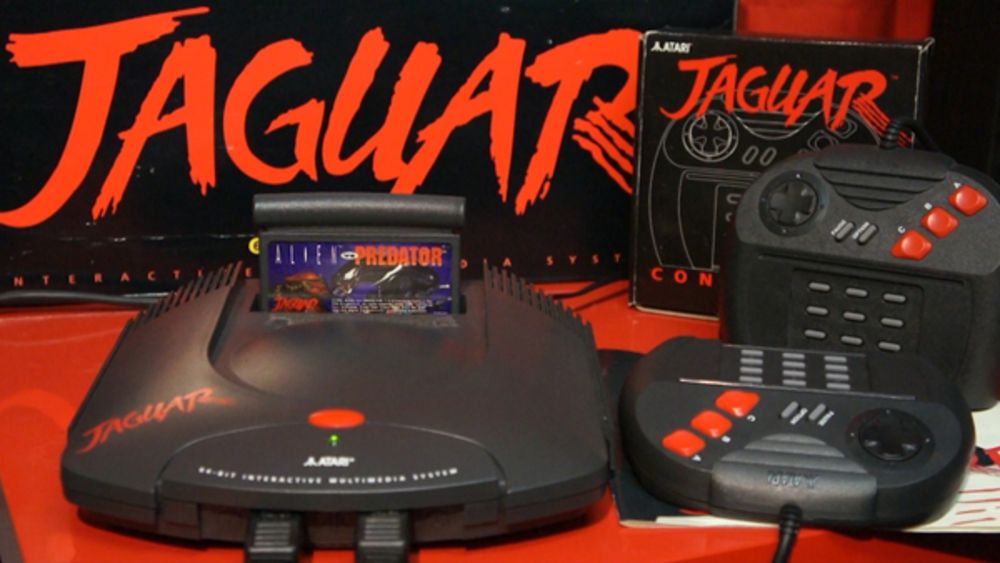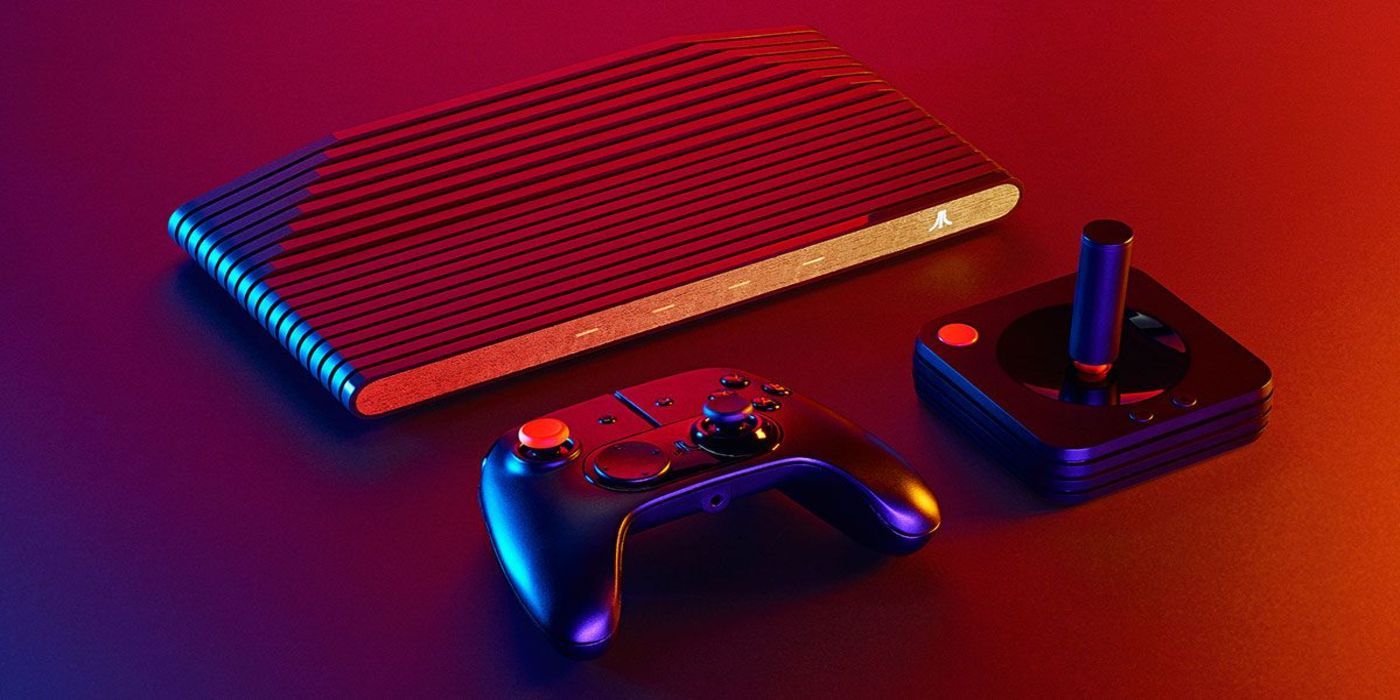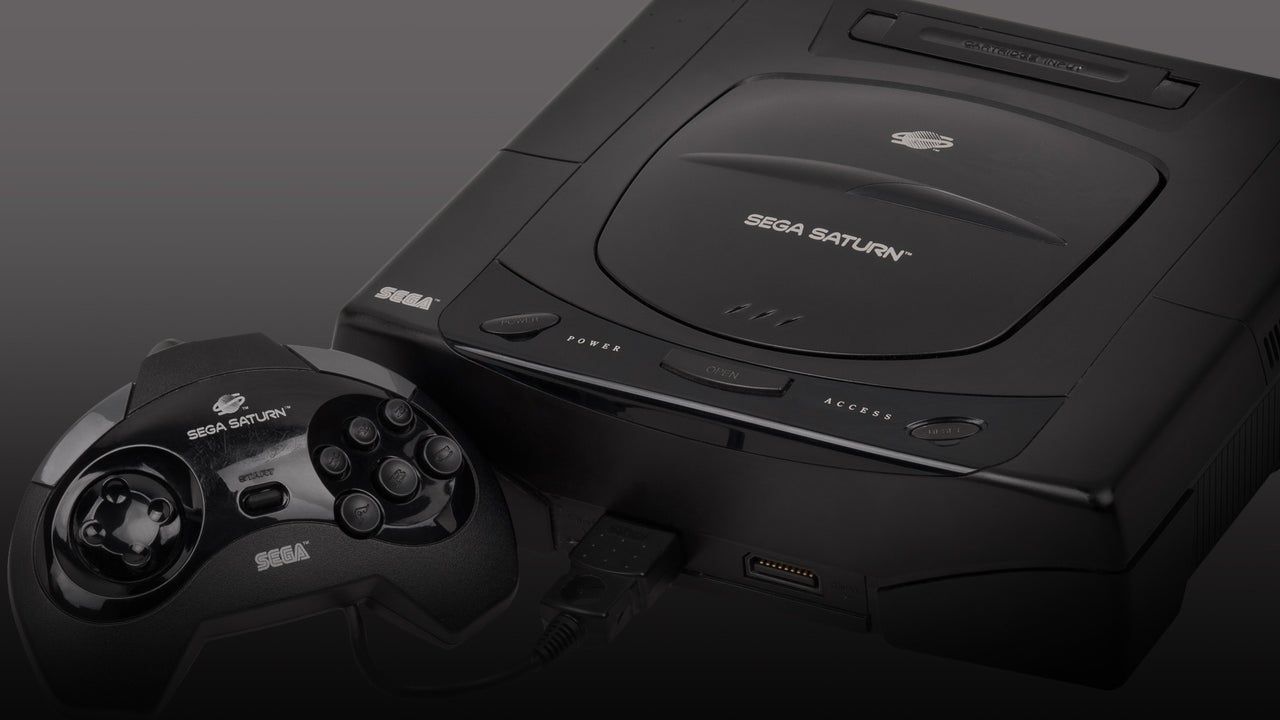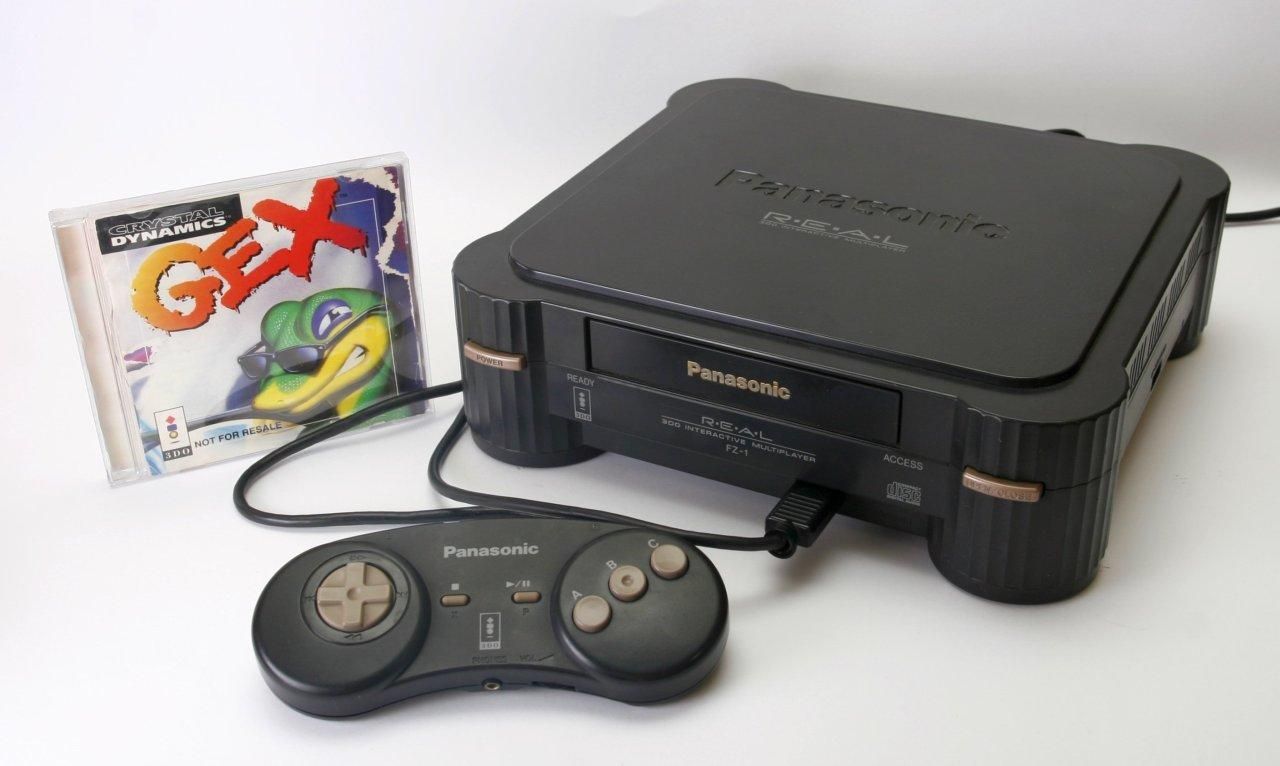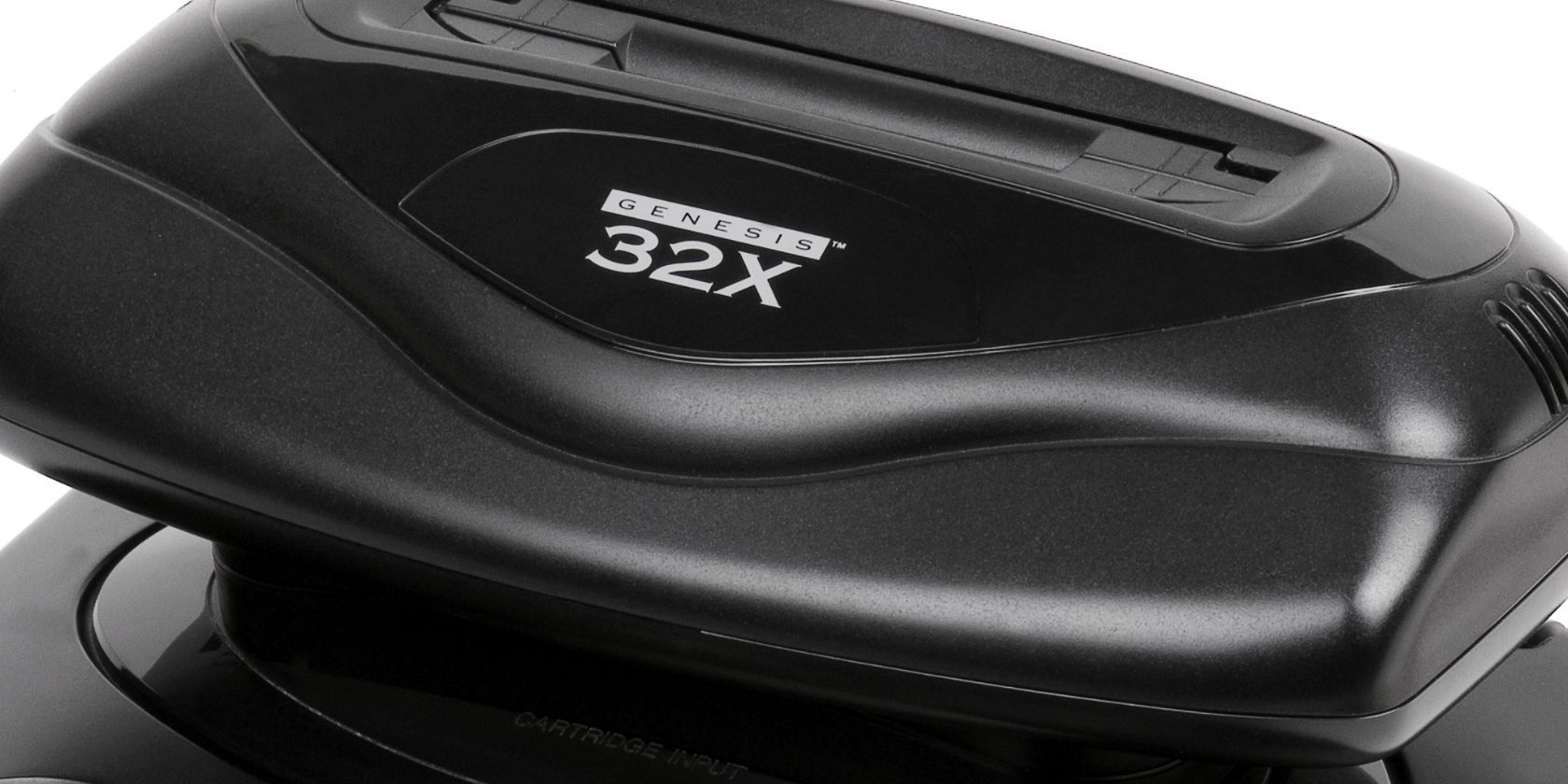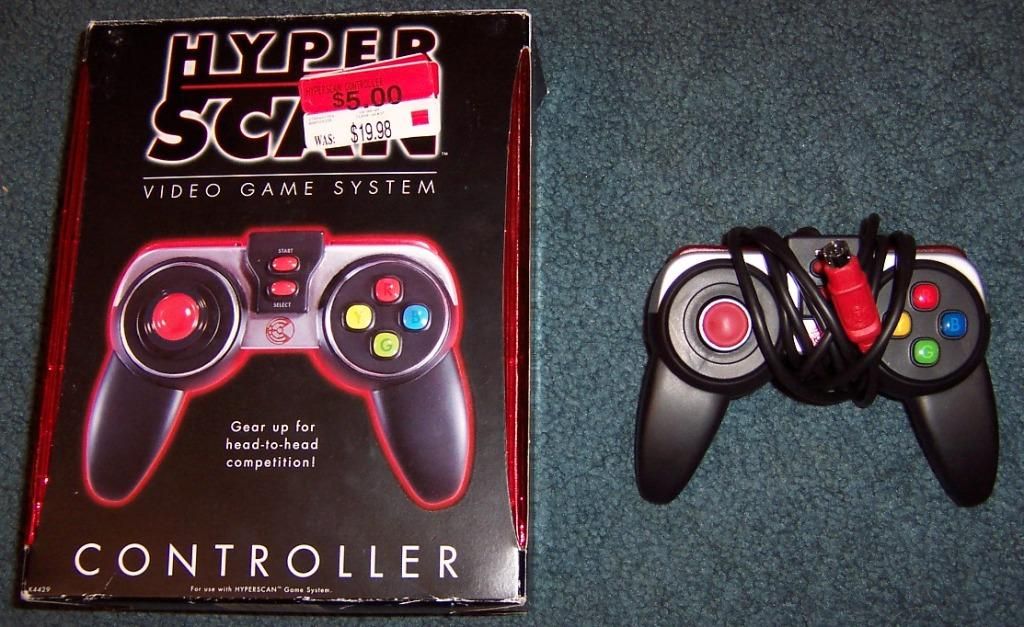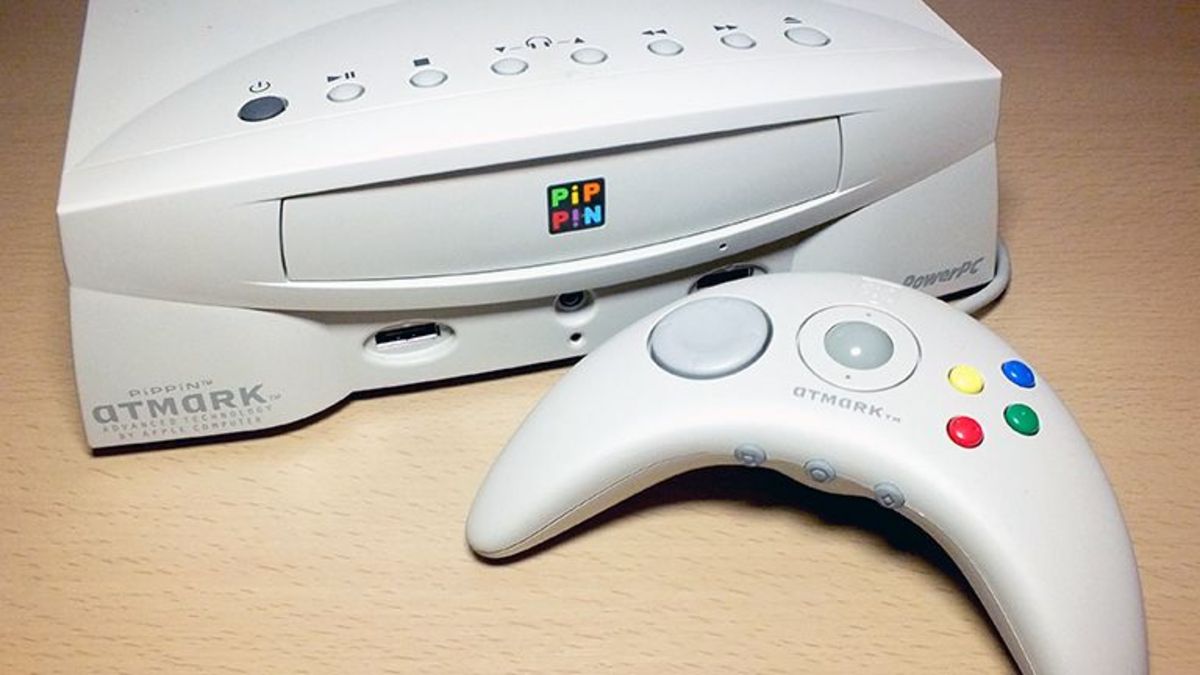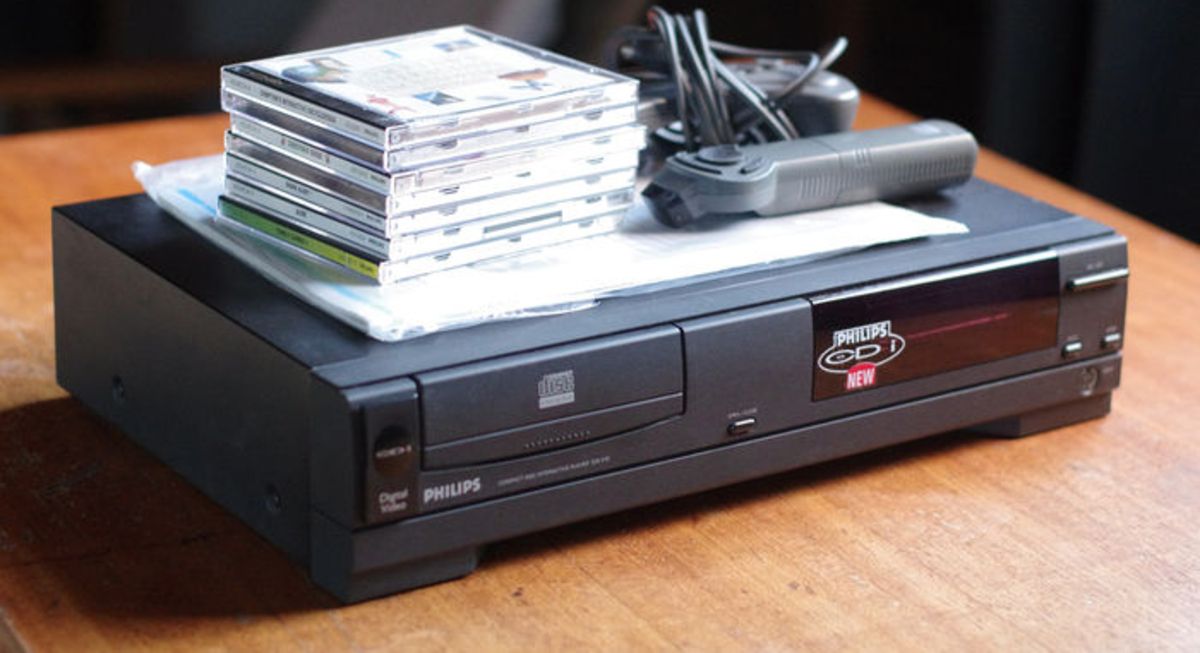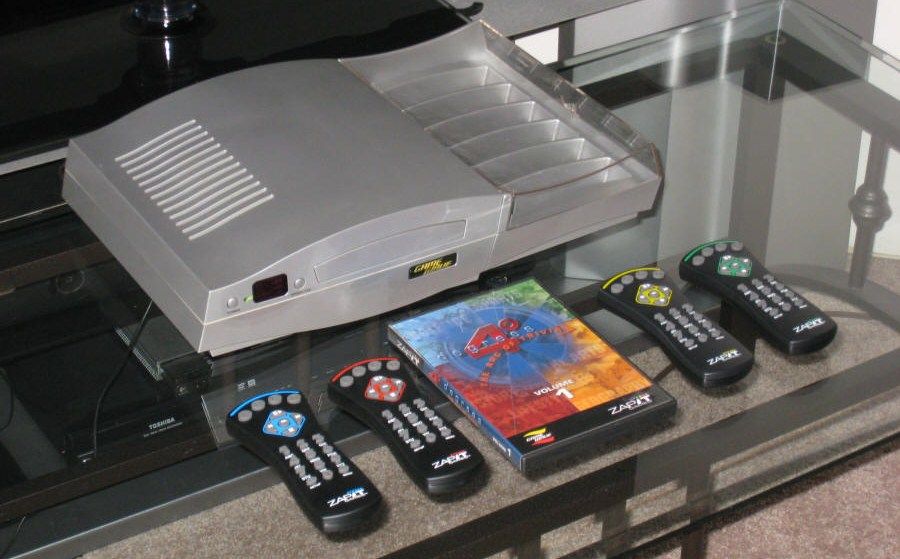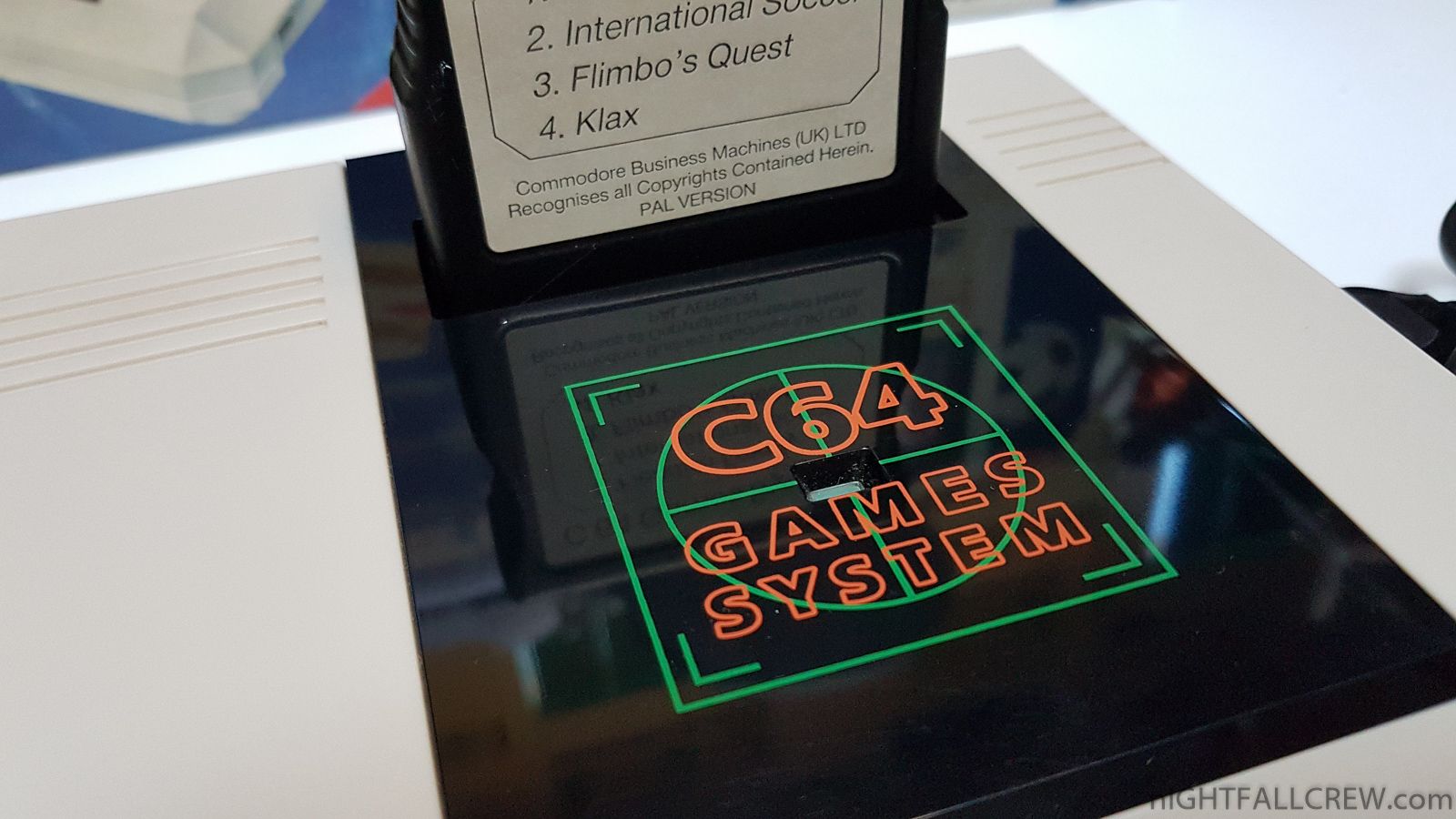Throughout the history of gaming, there have been many successful consoles that have become smash hits, such as the PlayStation, Super Nintendo, and Xbox 360. However, there are also many more consoles that have completely flopped.
Some doomed consoles, such as Sega's Dreamcast, have gone on to have rich lives after being discontinued, becoming cult favorites that receive retrospectives and praise to this day. Yet, not all consoles are so lucky; some simply fade into obscurity, becoming lost forever in the vast sea of gaming's past. Others are forgotten almost immediately after being released.
Atari Jaguar
Most people think of Atari as the massive juggernaut that revolutionized home gaming back in the late 70s and early 80s. However, many are completely unaware that Atari also tried to partake in the notoriously competitive console wars of the early 90s. In 1993, the company launched the Jaguar, which was touted as a 64-bit system, technically beating the Nintendo 64 to the punch by three years, though the system's proclaimed specs were dubious.
However, in reality, the console was merely two 32-bit chips, named Tom and Jerry, and the whole setup was considered extremely difficult to program for. Because of this, the Jaguar didn't receive many games, and the ones it did get were pretty lackluster. Due to poor sales and a pitiful game library, the console was discontinued in just three years, with many estimates saying that less than 250,000 units were sold in total.
Atari VCS
A lot has happened since the Jaguar's demise in 1996. Atari itself has crumbled into absolute obscurity and has even gotten involved in the world of selling NFTs. Despite this, in 2018, Atari decided to release another console using crowdfunding. That's right—the Atari VCS is here—sort of—people have it—kind of—and it should receive a full-blown release as soon as later this year.
Pre-orders for the console opened up in 2018, but due to production issues and COVID-19, the initial backers didn't start receiving their consoles until late 2020 and earlier this year. However, it's actually a legit piece of machinery that plays retro Atari games, streams movies, has online connectivity, and, with a digital storefront, is set to allow developers to release their own games for the platform.
Sega Saturn
Between Sega's massively successful Genesis/Mega Drive console and its swan song, The Dreamcast, the gaming giant released what they thought would be the future of gaming in the form of the Sega Saturn. The company believed that 2D platformers and arcade ports would continue to be the future of the gaming market, just as it had been for the Genesis and SNES. However, SONY and Nintendo's fully 3D PlayStation and N64 quickly disproved Sega's theory.
Sega was then forced to deal with a console that wasn't designed for 3D games, massive competition from SONY and Nintendo, and internal struggles between the Japanese and American offices. In just three years, the console was discontinued in both North America and Europe.
3DO
The 3DO had an interesting strategy; a prototype of the console would be created by The 3DO Company, and the rights to it would be sold to different corporations, who could all release their own devices that would play 3DO games. Pansonic, GoldStar, and Sanyo ended up making their own versions of the system, but, in the North American market, the Panasonic model was the most common.
This created a lot of moving parts as various game developers, various console manufacturers, and The 3DO Company itself all struggled to form a cohesive plan to turn the product into a success. That, combined with the system's insane price point of $699 in 1993—that's just under $1300 in 2021—created an almost instant failure.
32x
Between the Genesis/Mega Drive and the Dreamcast, there was the Saturn, but there was also the infamously bad 32x. Sega of Japan told the American office to start building a 32-bit add-on to the Genesis to help extend the console's lifespan while the Japan office then went to work on the Saturn, but this would ultimately prove to be the beginning of the end for Sega as a console manufacturer.
As Sega of America neared the completion of the 32x, they were told that it would launch almost simultaneously with Saturn's Japanese release. Knowing that the Saturn was just months away, developers refused to waste their time with the 32x, which, in turn, meant that nobody bought the now-doomed device. Sega had no idea that things were only going to get worse from there...
HyperScan
Mattel saw massive success in the gaming industry with 1979's Intellivision, which is actually going to get a reboot later this year. But, in 2006, Mattel failed miserably with the HyperScan. The premise was to combine video games with trading card games, leading to a very expensive gaming experience.
Players would need to buy a game disk, but the only way to unlock a vast majority of each game was to own specific trading cards that you'd scan on the console to access levels, new characters, and special moves. The console itself was riddled with problems ranging from long loading times, botched games, and easily breakable hardware. Only five games were released, and the console lasted less than a year.
Apple Bandai Pippin
The Pippin was weird; the software was developed by Apple, the hardware was developed by Bandai, and it was meant to be a multimedia machine that could both browse the web and play video games. The only problem was that many of the "games" released for the console weren't games at all. Instead, they were merely edutainment games, painting programs, and trivia challenges.
The machine was a complete bust because many consumers simply didn't know what its purpose was. The console only sold a few thousand units, leading Apple to invest more in production software than games moving forward. It wouldn't be until Apple's App Store that gamers would see the true return of gaming to Apple devices.
Phillips CD-i
The 90s saw the debut of quite a few "multimedia machines," and the CD-i, released in 1991, actually had the potential for success. It had online capabilities well before other consoles did, and, instead of being filled with edutainment titles, it released some legitimate games such as Flashback: The Quest for Identity, Axis & Allies, and even exclusive titles in The Legend of Zelda franchise—which are notoriously bad compared to their Nintendo counterparts.
Surprisingly, despite low sales, the console received new games up until 1999, making it one of the longer-lasting systems of the 90s. However, despite its long life, it's estimated that only around 500,000 units were ever sold.
Game Wave
In the 2000s, there was an untapped market in the gaming world: conservative Christians. For years, media had been blaming societal disasters like Columbine on video game violence, and a heated debate was underway. Many ultra-conservative parents didn't want their children experiencing any type of violence or language whatsoever, which meant that most forms of gaming were off-limits.
ZAPiT Games decided to tap into this market by modifying cheap DVD players with basic gaming abilities. The consoles would play trivia games, puzzle games, word games, and a Veggie Tales title that was designed to be a Christian Mario Party.
C64GS
If the name isn't confusing enough, the concept will be truly baffling. The Commodore 64 was a popular home computer released in 1982, but the company then decided to launch the Commodore 64 Game System (C64GS) almost a decade later in 1990.
This eight-bit console was still using an Atari-style arcade stick despite having been launched in the 16-bit era, meaning that this NES-equivalent console was trying to compete with Sega Genesis and Super Nintendo. While it didn't stand a chance at the time of release, the newfound interest in retro gaming has given the Commodore new life, with the Commodore 64 Mini being released in 2019.

